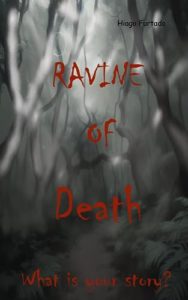 Title: Ravine of Death
Title: Ravine of Death
Author: Hiago Furtado
Publisher: Self-Published
Publication Date: August 4, 2023
Genres: Young Adult, Horror, Paranormal, Historical
Length: 9 pages
Source: I received a free copy from the author.
Rating: 3 Stars
Blurb:
A thief steals a crown of sapphires and is pursued by knights, so to escape, he decides to enter an abandoned forest. Cornered, he must decide whether to jump or not into a gorge called “The Ravine of Death,” where it is said that those who fall are devoured by demons. What does he decide? To jump, of course!
Review:
Content Warning: Murder and theft.
A little horror goes a long way.
The pacing was strong and exciting. I appreciated the fact that the author decided to drop his audience directly into the middle of a tense chase scene while only explaining the basics about what was going on. That was a good choice for the storyline, and it kept me guessing what might happen next until the very end.
Plot holes prevented me from giving this a higher rating. While I certainly wouldn’t expect a short story to have as much character or plot development as a full-length novel, there were many things I struggled to understand about the thief and why he ended up in this predicament. For example, why did he choose to run into the forest? Why didn’t he pick a direction other than the one that lead to something called the Ravine of Death that any sensible person would avoid? While I don’t have a problem reading about characters who have terrible judgment, I do like to know why they lack the common sense that keeps most of us out of trouble most of the time. There was a lot of promise here, but I thought it needed more development in order to fully realize its potential.
Then again, it was interesting to see the protagonist enter the forbidden gorge and see what all the fuss was about. I knew he wasn’t going to have a pleasant time with it, but I couldn’t have guessed what he was about to experience there. The horror elements of the plot really shone here, so keep reading if the first page or so doesn’t immediately grab your attention and you love that genre. It was inventive and it made me wish for a sequel.
Ravine of Death was full of frights.

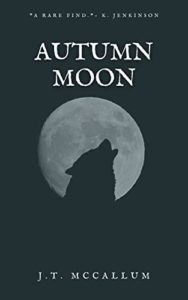 Title:
Title: 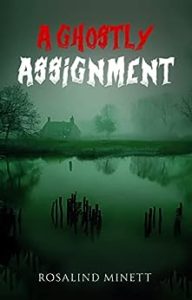 Title: A Ghostly Assignment
Title: A Ghostly Assignment Title: The Red Pencil
Title: The Red Pencil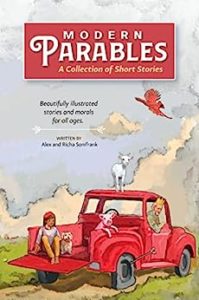 Title: Modern Parables
Title: Modern Parables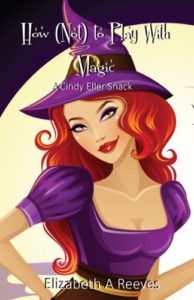 Title: How (Not) to Play With Magic
Title: How (Not) to Play With Magic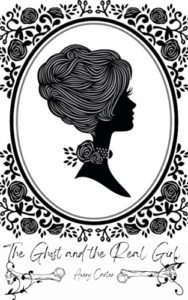 Title: The Ghost and the Real Girl
Title: The Ghost and the Real Girl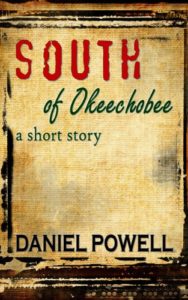 Title: South of Okeechobee
Title: South of Okeechobee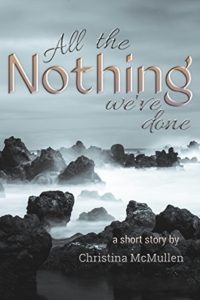 Title: All the Nothing We’ve Done
Title: All the Nothing We’ve Done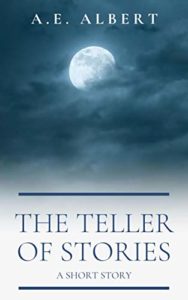 Title: The Teller of Stories
Title: The Teller of Stories